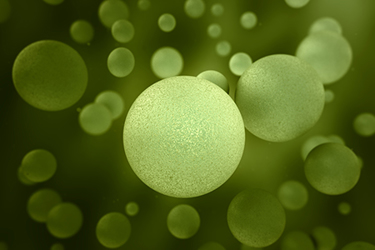Effective Bead-to-Bead Transfer Of Cells In Serum-free Medium Using Polystyrene Corning® Enhanced Attachment Microcarriers
By Wang Xuebin, Liu Jian, Corning Life Sciences Asia Technology Center, Corning Incorporated

Microcarrier-based stirred culture in a bioreactor system provides an ideal format for high yield culture of anchorage-dependent cells for bioprocess applications such as vaccine production, recombinant protein production, and stem cell therapy.
To achieve large-scale cell production, a microcarrier culture scale-up strategy is necessary. Several approaches have been developed to achieve the transfer of cells from one microcarrier to another including enzymatic dissociation and bead-to-bead transfer. However, enzymatic dissociation introduces additional process steps (washing, inactivation, and removal of the enzyme) that are not feasible at a large scale. Bead-to-bead cell transfer provides an easy scale-up process that involves the addition of fresh microcarriers and fresh medium to a confluent culture.
The success of bead-to-bead transfer depends on the adhesive property of the cells and microcarrier surface characteristics1. Only a limited number of microcarriers and cell types meet the requirements2-5.
This report describes a method for expansion of anchorage-dependent cells on polystyrene Corning microcarriers with an enhanced attachment surface treatment in serum-free cell culture medium. Culture scale-up was accomplished via bead-to-bead expansion by the addition of fresh microcarriers without the need for enzymatic dissociation.
Get unlimited access to:
Enter your credentials below to log in. Not yet a member of Cell & Gene? Subscribe today.
